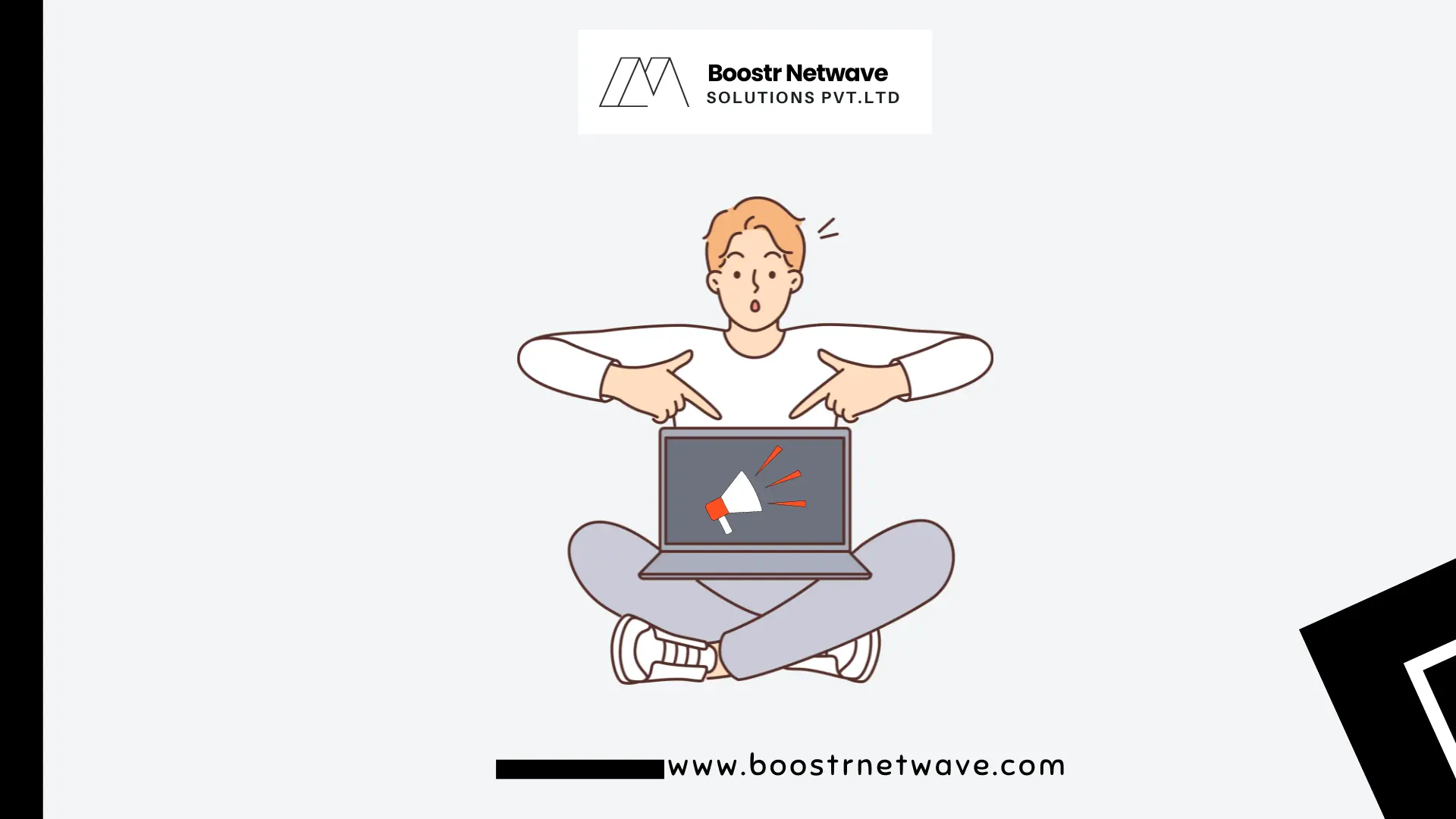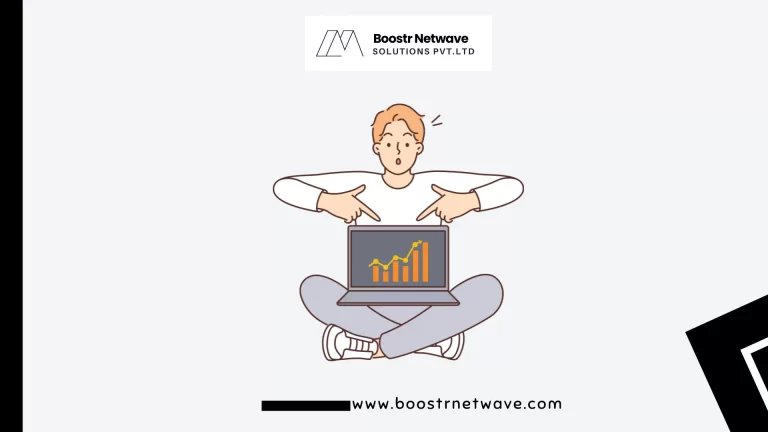FOMO (Fear of Missing Out) marketing is a powerful strategy that leverages the fear of missing out to drive consumer behavior and boost sales.
By creating a sense of urgency and exclusivity, this approach can significantly enhance your marketing efforts and make your brand stand out in a crowded digital landscape.
Understanding and applying FOMO marketing principles effectively can lead to increased engagement and higher conversion rates.
This article will delve into the essentials of FOMO marketing, including its core principles, practical examples, and tips for successful implementation.
What is FOMO Marketing?

FOMO, or the Fear of Missing Out, is a psychological phenomenon that marketers leverage to drive consumer behavior.
FOMO marketing strategies create a sense of urgency and exclusivity, prompting consumers to act quickly to avoid missing out on a desirable opportunity.
The Psychology Behind FOMO
FOMO is driven by the fear of regret, not being included, and the desire to keep up with others.
It taps into the human need for social connection and validation, making it a powerful tool in marketing.
Importance of FOMO in Modern Marketing
In today’s fast-paced digital world, FOMO has become more relevant than ever.
Consumers are bombarded with choices and information, and FOMO marketing helps brands cut through the noise by creating compelling, time-sensitive offers.
Brief Overview of FOMO Marketing Strategies
FOMO marketing strategies include tactics such as limited-time offers, exclusive access, and social proof.
These strategies are designed to create a sense of urgency and scarcity, encouraging consumers to take immediate action.
FOMO in Traditional vs. Digital Marketing
Traditional marketing used FOMO through techniques like limited-time sales and exclusive product launches.
Digital marketing has strengthened these strategies with real-time notifications, social media campaigns, and targeted advertising.
Key Milestones in FOMO Marketing
Key milestones include the rise of social media, which allowed for instant sharing of experiences, and the advent of e-commerce, which enabled real-time updates on product availability and sales.
Core Principles of FOMO Marketing
Urgency
Urgency is created by setting time limits on offers, prompting consumers to act quickly. Phrases like “limited time only” and countdown timers are common tactics.
Scarcity
Scarcity leverages the limited availability of a product or service. Highlighting low stock levels or exclusive editions makes products more desirable.
Social proof involves showing that others are buying or have bought a product, which can influence potential buyers. Reviews, testimonials, and social media shares are effective forms of social proof.
Exclusivity
Exclusivity offers something special that is not available to everyone, such as members-only deals or early access to new products.
Popularity
Popularity emphasizes the high demand for a product, often through metrics like the number of items sold or the number of people currently viewing a product.
Types of FOMO Marketing Strategies
1. Limited-Time Offers
Limited-time offers create urgency by restricting the availability of a deal to a short period. Flash sales and one-day deals are common examples.
2. Product Launches
Product launches often use FOMO by offering pre-orders or early access to generate excitement and anticipation.
3. Exclusive Access
Exclusive access might include members-only sales or VIP events, making customers feel special and valued.
4. Limited Stock Alerts
Limited stock alerts notify customers when a product is about to sell out, prompting them to purchase quickly to avoid missing out.
5. Flash Sales
Flash sales offer significant discounts for a very short period, driving quick purchasing decisions.
How to Implement FOMO in Digital Marketing
1. Email Marketing
Email marketing can effectively use FOMO by sending targeted, time-sensitive offers to subscribers. Personalized messages and countdown timers can increase urgency.
2. Social Media Campaigns
Social media platforms are ideal for FOMO marketing. Real-time posts, stories, and live streams can create a buzz around limited-time offers and exclusive deals.
3. Website Pop-ups and Banners
Pop-ups and banners on websites can highlight flash sales, limited stock, and other urgent messages to capture the attention of visitors.
4. Influencer Collaborations
Collaborating with influencers who promote exclusive or limited-time offers can enhance credibility and reach a broader audience.
5. Content Marketing
Creating blog posts, videos, and other content that emphasizes urgency and scarcity can drive engagement and conversions.
FOMO Marketing Examples
1. Successful Campaigns by Major Brands
Brands like Amazon, Apple, and Nike frequently use FOMO tactics to drive sales. For example, Amazon’s Prime Day creates a massive sense of urgency with limited-time deals.
2. Case Studies of Small Businesses
Small businesses can also benefit from FOMO marketing. A local bakery might use social media to announce limited quantities of a special treat, driving immediate foot traffic.
3. FOMO in Event Marketing
Event marketing often leverages FOMO by promoting early bird tickets, limited seating, and exclusive access to meet-and-greet sessions.
4. Examples of E-commerce
E-commerce platforms use FOMO through countdown timers, stock alerts, and exclusive online deals to boost sales.
5. Examples in Subscription Services
Subscription services, like meal kits or streaming platforms, might offer limited-time discounts for new subscribers or exclusive content for existing members.
Benefits of FOMO Marketing
1. Increased Conversion Rates
FOMO tactics can significantly increase conversion rates by compelling customers to act quickly.
2. Enhanced Customer Engagement
FOMO strategies often lead to higher engagement rates as customers interact with urgent and exciting offers.
3. Improved Brand Loyalty
By offering exclusive deals and early access, brands can foster a sense of loyalty and exclusivity among customers.
4. Higher Revenue
The urgency and scarcity created by FOMO marketing can drive higher sales and revenue.
How To Measure the Success of FOMO Marketing
1. Key Performance Indicators (KPIs)
KPIs for FOMO marketing might include conversion rates, engagement rates, and sales figures.
2. Tools for Tracking FOMO Campaigns
Tools like Google Analytics, email marketing software, and social media analytics can help track the success of FOMO campaigns.
3. Analyzing Customer Behavior
Analyzing how customers respond to FOMO tactics can provide insights into what works and what doesn’t, allowing for adjustments to strategies.
4. Adjusting Strategies Based on Data
Using data to refine and improve FOMO marketing strategies can lead to better results and higher customer satisfaction.
Future of FOMO Marketing
1. Emerging Trends
Emerging trends in FOMO marketing include the use of augmented reality (AR) and virtual reality (VR) to create immersive, urgent experiences.
2. The Role of AI and Automation
AI and automation can enhance FOMO marketing by personalizing offers and delivering real-time notifications.
3. Predictions for FOMO in Marketing
FOMO marketing is likely to become more sophisticated, with advanced technologies enabling even more targeted and effective campaigns.
Conclusion
FOMO marketing, when applied thoughtfully and ethically, can significantly boost conversions, customer engagement, and brand loyalty by leveraging urgency, scarcity, social proof, exclusivity, and popularity. Marketers should integrate these tactics into their strategies, ensuring they cater to their audience's needs and maintain transparency to foster long-term trust and success.
Ready to boost your business Schedule a meeting now and let’s discuss your growth strategy! 📈🙂
Also Read:- What is SaaS Content Marketing?
Also Read:- How We Ensure Quality In Your Software Projects?
Also Read:- Benefits Of Custom Software Development
Also Read:- What Is Software Development Lifecycle (SDLC)?






Social Proof